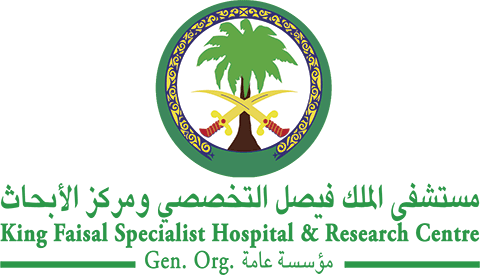Abstract
Bone marrow mesenchymal stromal cells (BM-MSC) are key elements of the hematopoietic niche and participate in the regulatory mechanisms of hematopoietic stem cells (HSC). Hematological diseases can affect MSCs and their functions. However, the dysregulations caused by sickle cell disease (SCD) are not fully elucidated. This work explored changes in BM-MSC and their relationship with age using sickle cell mice (Townes-SS). BM-MSC were isolated from Townes-SS, and control groups Townes-AA and C57BL/6J at 30- and 60-day-old. The BM-MSCs showed no morphological differences in culture and demonstrated the murine MSC-like immunophenotypic profile (Sca-1+, CD29+, CD44+, CD90.2+, CD31-, CD45- and CD117-). Subsequently, all BM-MSCs were able to differentiate into adipocytes and osteocytes in-vitro. Finally, at 30-day-old the BM-MSC of Townes-SS showed higher expression of genes related to the maintenance of HSC (Cxcl12, Vegfa and Angpt1) and lower expression of pro-inflammatory genes (Tnfa and Il-6). However, at 60-day-old the BM-MSC of Townes-SS started to show expression of genes related to reduced HSC maintenance and increased expression of pro-inflammatory genes. This indicates age as a modifying factor of gene expression of BM-MSC in the context of SCD.
Recommended Citation
Rós, Felipe Augusto; Mendes da Costa, Péricles Natan; Milhomens, Jonathan; Lima de La-Roque, Débora Glenda; Ferreira, Fernanda Ursoli; Maçonetto, Juliana de Matos; Bonaldo, Camila Cristina de Oliveira Menezes; Vargas de Carvalho, Julianne; Palma, Patrícia Vianna Bonini Palmaa; El Nemer, Wassim; Covas, Dimas Tadeu; and Kashima, Simone
(2023)
"Age-related morphofunctional changes in sickle cell mice bone marrow mesenchymal stromal cells,"
Hematology/Oncology and Stem Cell Therapy: Vol. 17
:
Iss.
2
, Article 4.
Available at: https://doi.org/10.56875/2589-0646.1115
Creative Commons License

This work is licensed under a Creative Commons Attribution-Noncommercial-No Derivative Works 4.0 License.
Included in
Animal Experimentation and Research Commons, Cell Biology Commons, Hematology Commons, Medical Cell Biology Commons

